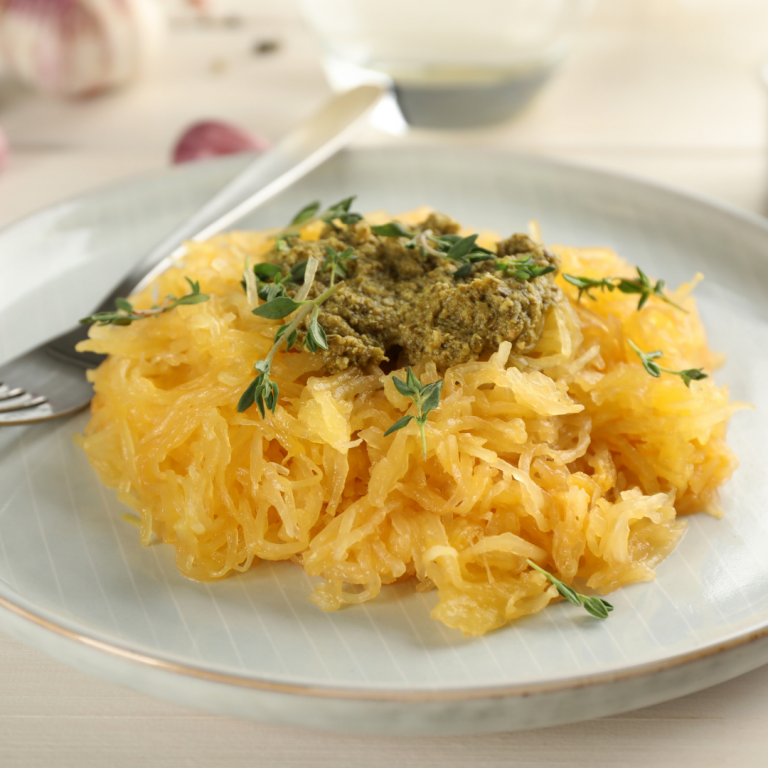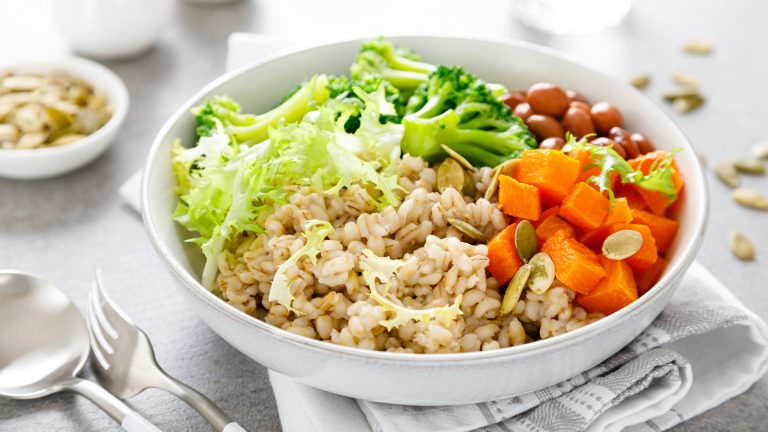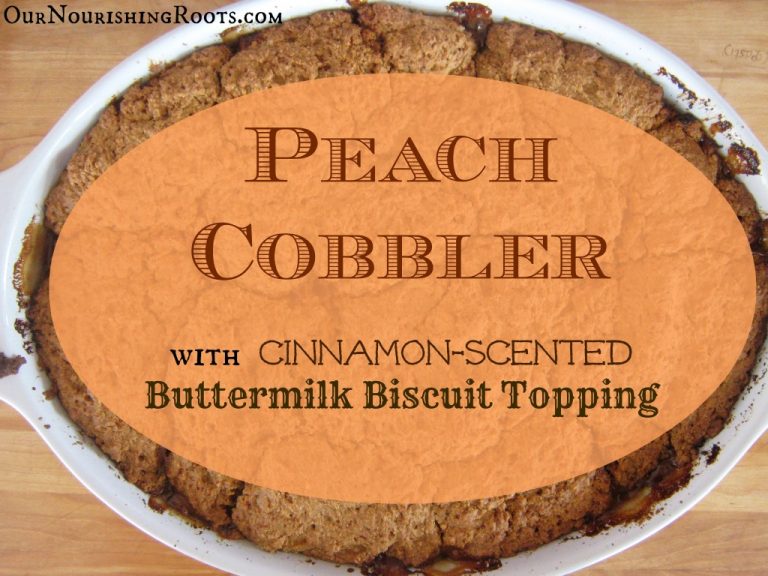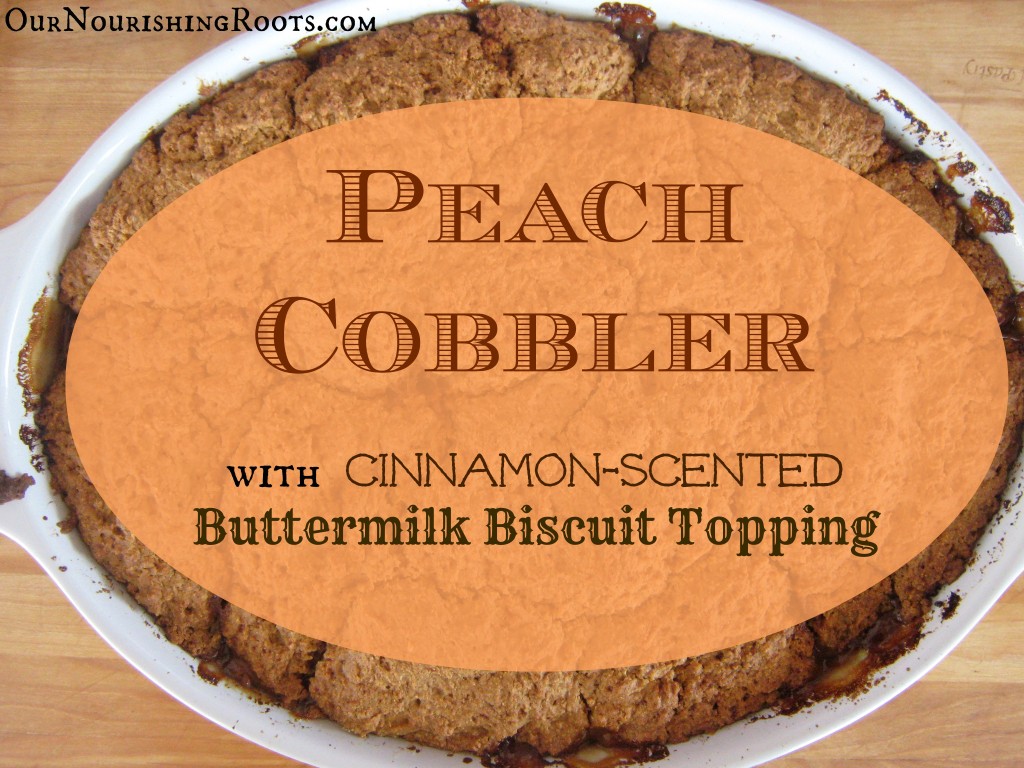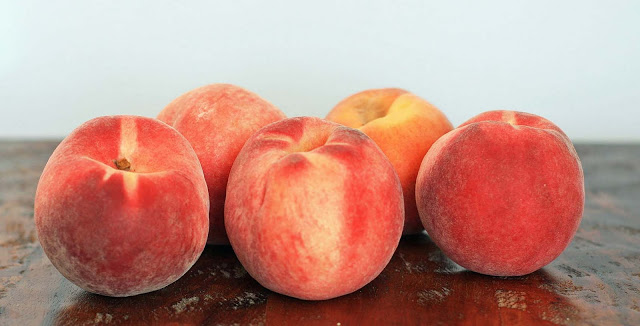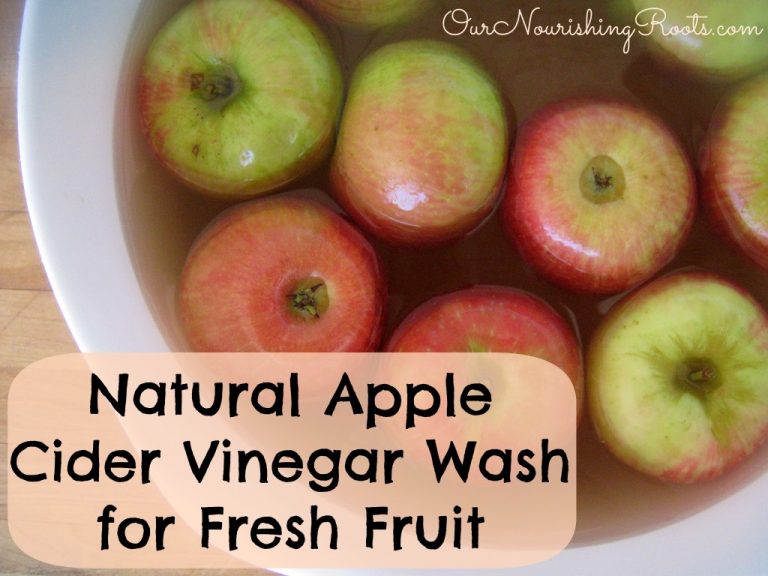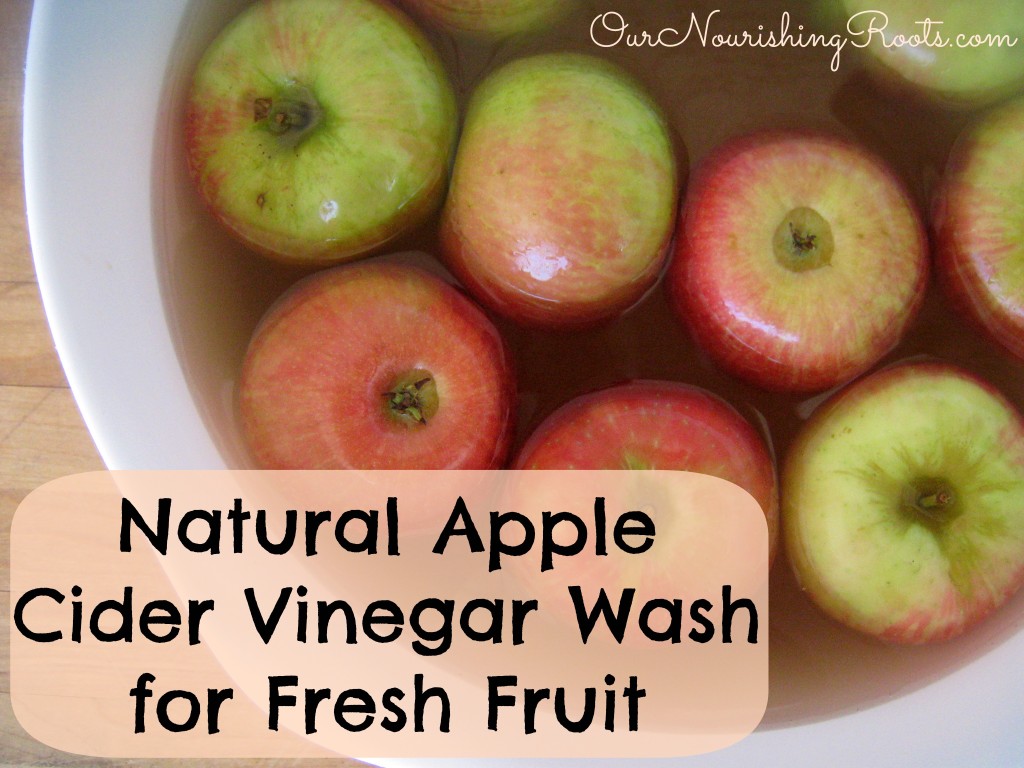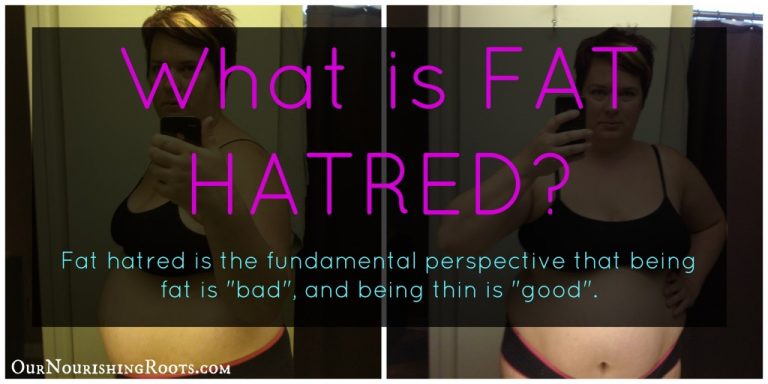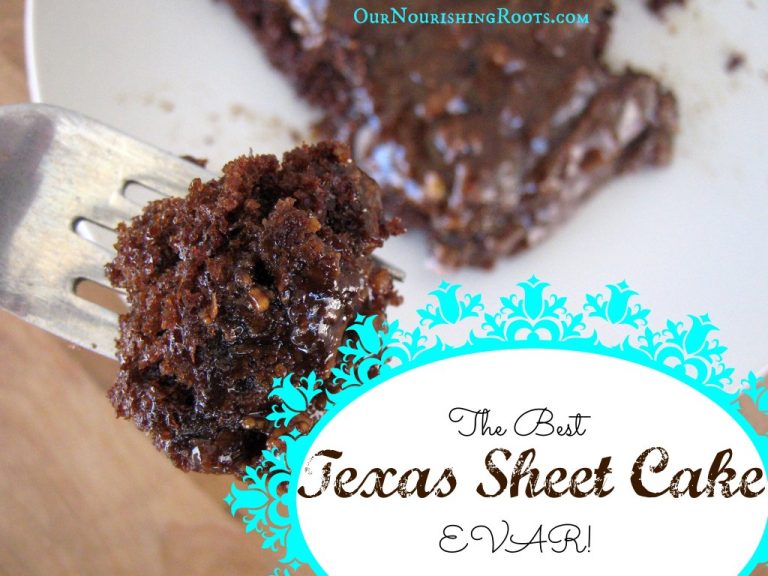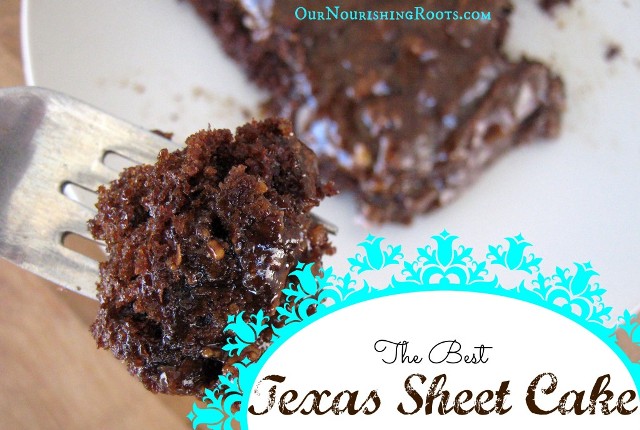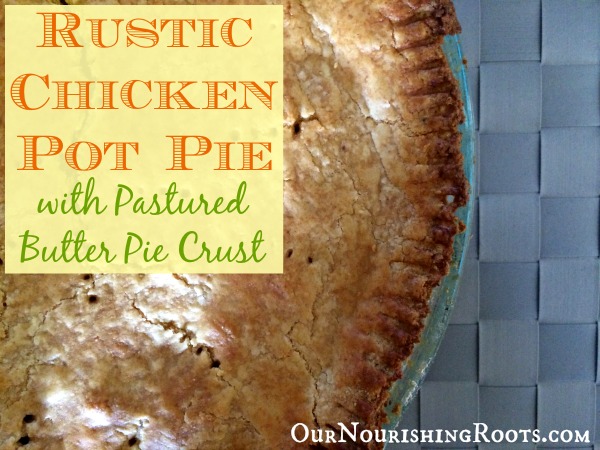Headaches
There are numerous types of headaches and it’s sometimes hard to pinpoint exactly which one is troubling us at the moment. The headaches that occur on their own include cluster headaches, tension headaches, migraines, and migraines with aura. These are the most commonly occurring types of headaches. Other less common but still painful headaches include exercise headaches, stress headaches, or even sex headaches! These are caused directly by our actions and lifestyle.
Managing and alleviating these symptoms can be supported by innovative tools like the NeuroWrap Pulse, which combines targeted light therapy and Pulsed Electromagnetic Field (PEMF) therapy to provide relief for various types of headaches. Headaches can also be a symptom of another ailment – like a sinus infection, high blood pressure, or a brain tumor (Mayo Clinic). If your headaches are persistent and chronic, it might be worth it to get a proper check up at the doctor’s to rule out underlying diseases.
gap
But no matter what the cause is, a headache is almost always painful and annoyingly difficult to get rid of.
Most people reach for an over-the-counter painkiller as soon as they feel a headache creeping up. And I’ll be the first to admit that medication is sometimes necessary if you’re experiencing unusually severe pain. But my general rule of thumb is that I try natural remedies first and pop a pill only if that natural remedy didn’t work. I’m not going to suffer needlessly just so that I can brag later about abandoning modern medicine completely! I sincerely believe in utilizing everything I have on hand to find the most efficient solution possible.
For example, I won’t choose to take paracetamol if I have a mild headache that can be treated with some rest, a pinch of salt, or a few drops of the right essential oils. Painkillers can bring temporary relief but that relief comes at the cost of potential side-effects and weakening your body’s response to pain. In fact, overuse of pain medication has been proven to sometimes lead to so-called rebound headaches. The cons simply aren’t worth the pros. However, if my headache is severe and doesn’t go away after trying my trusted natural remedies then I won’t refuse any modern medicine. Everything in moderation!
I want to share some of my knowledge about natural headache remedies so that hopefully, some of you can benefit from them too. In this blog post, I’ll focus specifically on essential oils – what they do and how they can be used to treat headaches.
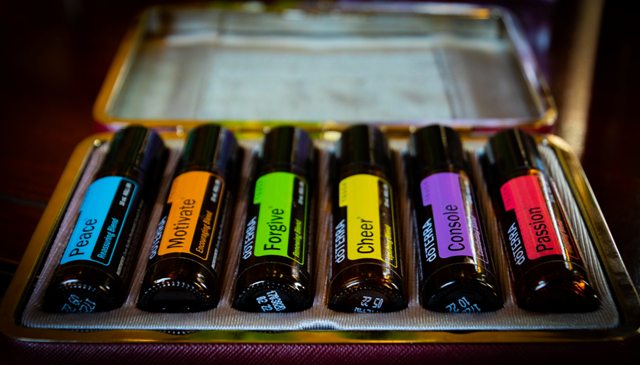
Essential Oils
So what even are essential oils? We tend to simply think of them as oils that smell nice.
That aroma actually comes from a natural source – the plant the essential oil is derived from. This means that lavender essential oil is made from a real lavender plant’s essence – that’s why it’s called “essential” oil. They are not an essential product in the sense that we need them to live. However, due to their health properties, they are often heavily utilized by those who value organic ingredients. Essential oils are all natural and there are no artificial fragrances in them. These highly concentrated liquids make it possible to benefit from the nature’s gift in an easy-to-use form.
Essential oils are generally extracted by distillation, often by using steam. Other processes include expression or solvent extraction. They are used in perfumes, cosmetics, soaps and other products, for flavoring food and drink, and for adding scents to incense and household cleaning products. (source)
Essential oils go by some other names as well. Volatile oils, ethereal oils, and aetherolea all carry the same meaning. If you see something called “oil of lavender” that also is the same thing as lavender essential oil. In fact, it’s very much possible that even if you have never consciously used an essential oil, you might have come into contact with some when buying organic food products or natural cosmetics.
It is difficult to list all of the benefits of using essential oils, but for the purpose of this post, I will give an overview of how they work in relation to headache treatment. Before I can start with oils, it is advisable that you seek expert help from ArabiaMD to understand which oil will suit you the best.
Peppermint Oil
The first essential oil I ever used was actually peppermint oil so I might be a little biased when saying that it’s a great natural remedy for headaches. But I can also confidently say that it’s the one that has the most consistently successful results among my friends that have tested it on themselves!
The first time I saw essential oils in action was when I was visiting my then-boyfriend’s family home. I had an awful headache that day, probably due to congestion in my sinuses. I was very apologetic to his parents because I felt like I wouldn’t make a good conversation partner. But his mother had none of it. She immediately brought me a bottle of peppermint oil, told me to lie down in the guest room, and apply two drops to each of my temple. I felt skeptical but did as I was told because I didn’t want to offend her. But I was very wrong to distrust her.
gap
Imagine my surprise when the headache started to subside after only 5 minutes! It didn’t do anything for my sinuses but the peppermint oil clearly helped me think more clearly and I was able to spend a fun afternoon with some of the nicest people.
Peppermint oil has been known for its headache-relief abilities and is even proven to help with tension headaches in some studies (source).
You can use peppermint oil like I did, i.e. by applying some to your temples. Other methods include putting a few drops in the bath or inhaling together with hot steam. Now, whether peppermint oil works for you depends on how your body will react to it and how strong your headache is. I highly recommend you give it a try, though!
Some people find peppermint oil to be too strong. In that case, try using spearmint oil instead. It has similar properties but a less overpowering aroma so it’s better suited for children.
Lavender Oil
Lavender oil is famous for its relaxing effects and is often utilized as a stress relief aid. I sometimes inhale some before bed so that it helps me fall asleep more quickly.
Lavender relaxes not only our minds but also our muscles. That’s why it’s great for treating headaches that are caused by stiff muscles in the neck and back, similar to tension headaches. The soothing oil eases our muscles and relieves tension. Many chronic migraine sufferers have also stated that regular lavender oil use has reduced the frequency of their headaches (but I don’t get a lot of migraines so I can’t vouch for that).
There are two main strains of lavender oil: the Lavandula latifolia (spike lavender) and Lavandula angustifolia (English lavender). The first one has a stronger aroma which is why I prefer it over the other (source).
Lavender oil can be applied on its own or as a part of an essential oils blend. Another popular use is for aromatherapy. Hanging a diffuser with lavender oil in it by your bed is a sure way to have a good night’s sleep.
Eucalyptus Oil
Eucalyptus oil is the perfect remedy for those headaches that are caused by sinus issues. If you have chronic sinus problems then you’ll definitely benefit from familiarizing yourself with this essential oil.
Eucalyptus oil is known for being able to open up nasal passages and help congested sinuses. This in turn helps with pain relief and soothing painful headaches. That’s why eucalyptus oil is an ingredient in many homemade vapor rub recipes. Research has also shown that eucalyptus oil is effective against tension headaches.
I usually apply eucalyptus oil directly to the spot where the headache is located. I also like to use in a homemade essential oil blend, usually together with peppermint oil and/or lavender oil. The aroma combination is just so soothing that it immediately makes all of my tension melt away.
There are several different strains of eucalyptus oil but the one I use most often is called eucalyptus globulus.
Rosemary Oil
Rosemary oil’s health properties include many other aspects besides headache relief. People have used it to treat various pain conditions since medieval times. Now it’s more known as a food seasoning but numerous research is starting to show its other benefits as well.
Rosemary contains analgesic and nervine:
an analgesic and nervine (a substance that strengthens, calms, and soothes the nerves) (source)
Rosemary oil is great at improving blood circulation so if you tend to have cold feet and hands then rubbing rosemary oil in them before bed can help with that. It also has anti-inflammatory properties and helps with stiff joints due to arthritis or lack of exercise. Inhaling rosemary oil vapors has been proven to show soothing effects and reduce stress.
For headache relief, apply rosemary oil to your temples and massage it in with your fingers.
Tea Tree Oil
Tea tree oil, also called melaleuca oil, hasn’t been researched thoroughly yet when it comes to headache relief so don’t put all of your hopes in it. The reports are conflicting and we still aren’t sure why it works for some people and not for others.
Rather than applying directly to the skin, tea tree oil has more uses in inhalation and aromatherapy. Try it the next time you experience a headache and test if you’re one of the lucky ones who benefit from tea tree oil. Be careful, however, because there are some reports (few but still) that tea tree oil can sometimes cause a migraine.
I included this oil in my list because I feel there is no harm in giving it a try. Tea tree oil has numerous other properties (all-purpose cleaner, sanitizer, insect repellent, etc.) so I think a lot of people interested in essential oils already have it in their inventory.
My recommendations:
There are plenty of essential oil brands on the market but they’re not all the same. Unfortunately, some makers try to deceive their customers by offering them dupes that have nothing to do with real essential oils. And if you’re buying them to use internally or on your skin then you really want something that works as it should! Search for the highest quality essential oils you can get to receive full benefits. You can see what my recommendations are here.
I am not affiliated with the brand but I am a long-time fan and customer. I assure you that these essential oils work wonders for me but remember to always test everything on your own body! Something that works for me doesn’t necessarily have to work for everyone.
And just as a side note, I need to mention the Desert Sage Herbs brand from Mesa. If you are a local from Arizona then I highly recommend you give their products a try. The staff there is very knowledgeable and they helped me a lot when I first started using essential oils.
gap
Young Living is one of the most recognizable brands of essential oils and they are known for their authentic products that adhere to stringent purity standards. Their production process is regularly monitored so that each small bottle contains only the highest quality essential oil. They are committed to providing their customers with only the best. You can be sure that their products are not only effective but also safe to use.
There are two ways of purchasing Young Living’s essential oils. You can do it through their website as a regular retail customer. However, you will be paying slightly more.
The way I recommend is joining Young Living as a Wholesale Member. By being a part of Young Living, you automatically get an amazing 24% discount on each item. To keep your discount you need to order a minimum of $50 a year which is really not a lot considering how many wonderful essential oils and other products Young Living has to offer.
The Premium Starter Kit – the best for any beginner essential oil user
Ordering the Premium Starter Kit gives you access to the aforementioned 24% discount for each product. So while the Premium Starter Kit costs over $300 for the retail price, with your Wholesale Member discount you can get it for half the price! It really is the best value kit Young Living offers.
What is inside?
The Premium Starter Kit contains the following:
- 10 bottles (5 ml) of various essential oils that include lavender, peppermint, lemon, PanAway, Peace & Calming, Frankincense, Purification, Thieves, Valor and Joy, Stress Away
- Aroma Glide roller fitment that allows you turn any oil into a roll on for easier application. If you suffer from chronic headaches, having a roll on peppermint oil in your purse can be a real life-saver
- A home diffuser to hang somewhere at home
- Sample packets you can share with your friends to introduce them to the benefits of essential oils. These include lavender, lemon, peppermint, Peace & Calming, and Thieves
- Two 2 oz. NingXia Red samples that are great for those days you just have no energy for anything
I look forward to hearing your opinions about this Premium Starter Kit. I know you won’t be disappointed!
